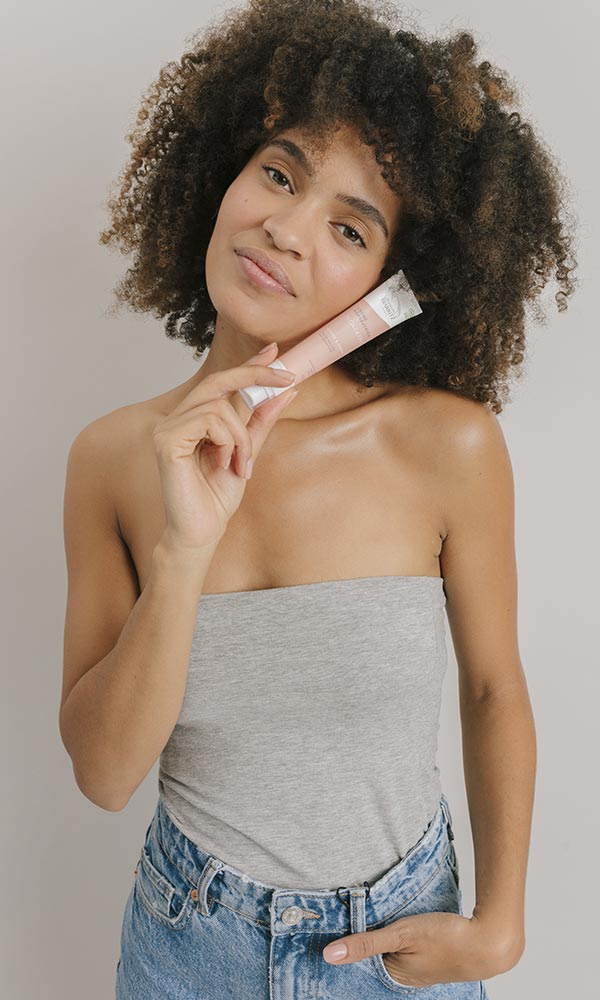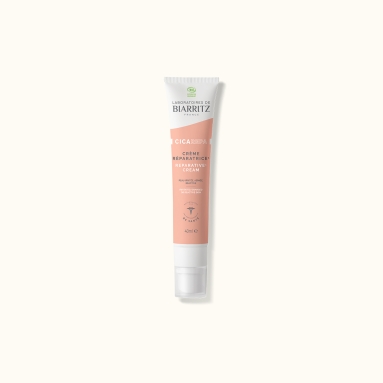So, you are interested about chemical peels. But do you know if and when it is necessary to carry out this procedure?
What is a chemical peel?
The skin is made up of three layers with the epidermis at the surface, then the dermis, and the hypodermis being the deepest.
A chemical peel is an exfoliation of the epidermis, or even the outer layer of the dermis, with chemical substances to get the skin to regenerate by stimulating the production of elastin and collagen fibrils. There are several types of chemical peels: light or superficial, medium depth, and deep peels.
What is a chemical peel for?
The procedure is recommended for correcting skin damage caused by the sun such as small wrinkles, skin pigmentation like melasma or age spots, acne scars, or even to refine the texture of the skin. As a whole, chemical peels are intended to improve the general aspect of the skin and to spruce it up.
What are the different kinds of chemical peels?
There are three types of chemical peel that have more or less strong impacts on the skin.
The most commonly used in dermatology are superficial chemical peels. It consists of exfoliating the superficial layers of the epidermis with the help of fruit acids (glycolic, citric, or mandelic acid) or trichloroacetic acid (TCA). Medium-depth peels reach the layers under the horny layer (stratum corneum) of the epidermis with a stronger dose of TCA. Finally, deep peels, which are rarely used, aim to reduce deep wrinkles and scars.
Are there any chemical peel aftercare products?
You will have understood, whatever the type of chemical peel, the procedure exfoliates part of the epidermis, forcing the skin to heal itself and produce elastin and collagen. It requires aftercare.
PROFESSIONAL ADVICE, with Doctor Rigal Resplandy, Cosmetic Medicine Specialist in Anglet.
After a chemical peel, you can feel discomfort in your skin like tingling, dryness, reddening, tightness, and possibly flaking.
Appropriate chemical peel aftercare can help you make it through this short period before obtaining more luminous skin.
Firstly, after a chemical peel, your skin is more fragile, so I recommend avoiding sun exposure and using an SPF 50 or SPF50+ sunscreen product like the ones from Laboratoires de Biarritz for 1 month.
It is also necessary to strengthen your skin by moisturizing your skin regularly several times a day with a reparative cream like Laboratoires de Biarritz’s certified Organic Reparative Cream, that besides moisturizing is also truly an asset for your skin thanks to its innovative and exclusive reparative ingredient, Alga Sendatu®, made with the red algae Gelidium sesquipedale. The product helps renew fibroblasts, accelerates the proliferation of keratinocytes and their migration, increases the adhesion of keratinocytes to the dermo-epidermal junction (the interface between the epidermis and the dermis), and above all to increase the density of collagen networks.
In the evening, rinse off your skin with thermal spring water without rubbing it.
Avoid saunas, hammams, and scrubs for 1 week.
One week after a medically-supervised chemical peel, you can return to your usual beauty routine.

